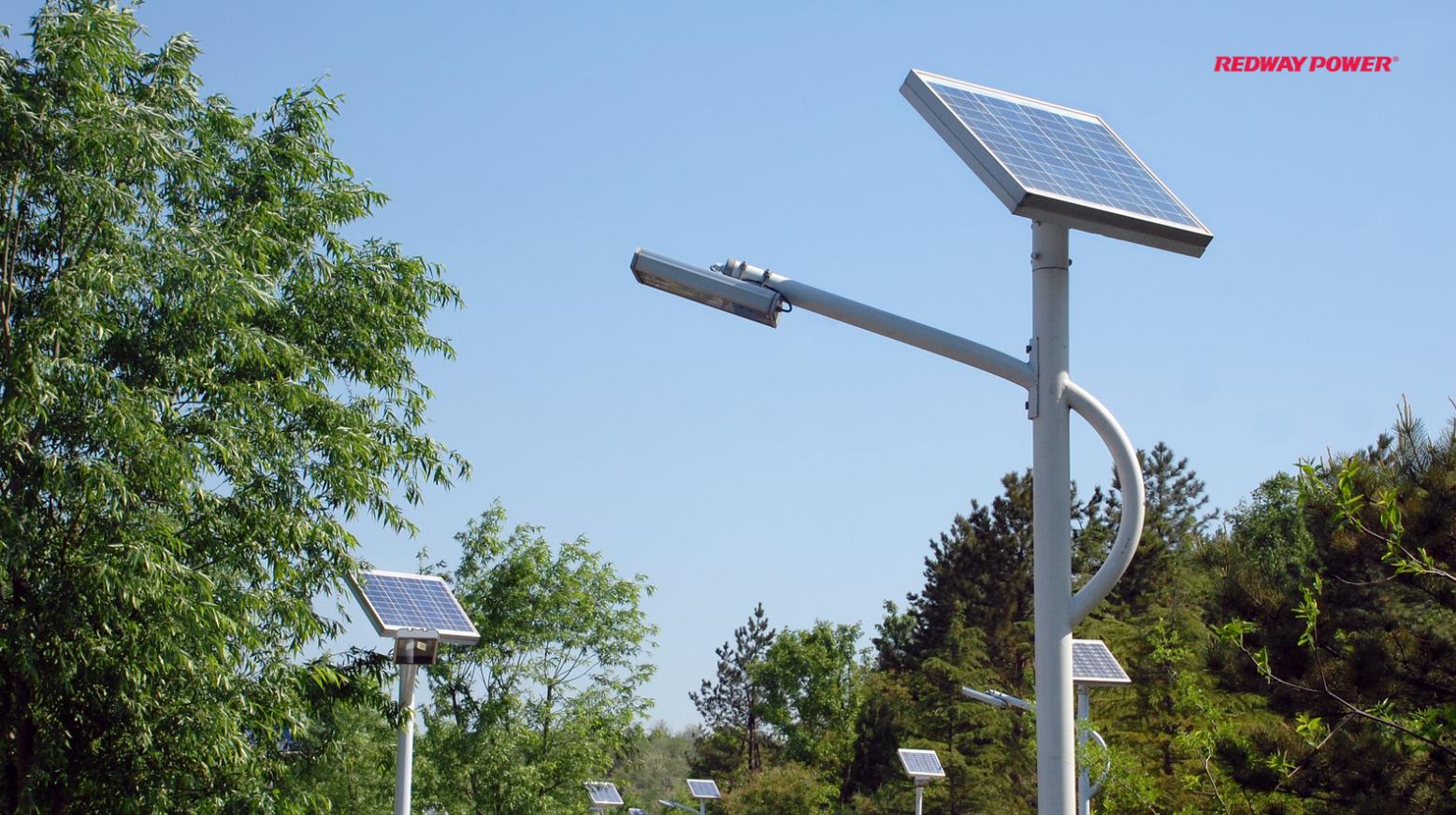
How to Replace Batteries in Solar Lights
Replacing batteries in solar lights is essential for maintaining their functionality and brightness. Most solar lights use rechargeable batteries that can degrade over time, leading to dimming or non-functioning lights. Understanding how to replace these batteries can help you restore your outdoor lighting efficiently.
How do solar lights work?
Solar lights operate by converting sunlight into electrical energy using photovoltaic cells. During the day, these cells collect sunlight and charge the internal rechargeable batteries. At night, the stored energy powers the LED lights, illuminating outdoor spaces. The efficiency of this process depends on battery health, sunlight exposure, and the quality of the solar panel.
| Component | Function |
|---|---|
| Photovoltaic Cells | Convert sunlight into electricity |
| Rechargeable Batteries | Store energy for nighttime use |
| LED Lights | Provide illumination when powered |
What are the common battery types used in solar lights?
The most common battery types found in solar lights include:
- Nickel-Metal Hydride (NiMH): Commonly used due to their good capacity and rechargeability.
- Nickel-Cadmium (NiCd): Older technology that is less common now but still found in some models.
- Lithium-Ion (Li-ion): Increasingly popular for their high energy density and longer lifespan.
- Lead-Acid: Used in larger solar lighting systems but less common in smaller garden lights.
| Battery Type | Description |
|---|---|
| NiMH | Good capacity, commonly used |
| NiCd | Older technology, less efficient |
| Li-ion | High energy density, long lifespan |
| Lead-Acid | Used in larger systems |
Why do solar lights stop working?
Solar lights may stop functioning due to several reasons:
- Degraded Batteries: Over time, rechargeable batteries lose their ability to hold a charge.
- Dirty Solar Panels: Dust or debris can block sunlight from reaching the panels.
- Faulty Components: Wiring issues or damaged LEDs can prevent operation.
- Insufficient Sunlight: Poor placement may result in inadequate charging during the day.
Regular maintenance can help mitigate these issues.
| Reason | Description |
|---|---|
| Degraded Batteries | Loss of charge capacity over time |
| Dirty Solar Panels | Reduced sunlight absorption |
| Faulty Components | Wiring or LED damage |
| Insufficient Sunlight | Poor placement affecting charging |
How do you replace batteries in solar lights?
Replacing batteries in solar lights typically involves these steps:
- Turn Off the Light: Ensure the light is off before starting any work.
- Open the Battery Compartment: Depending on the design, this may involve unscrewing a cover or unclipping a latch.
- Remove Old Batteries: Take out the old batteries carefully, noting their orientation.
- Insert New Batteries: Place new batteries in the same orientation as the old ones.
- Close the Compartment: Securely close any covers or latches before testing.
Following these steps can help ensure a successful battery replacement.
| Step | Description |
|---|---|
| Turn Off the Light | Prevents electrical issues |
| Open Battery Compartment | Accesses old batteries |
| Remove Old Batteries | Note orientation for new installation |
| Insert New Batteries | Ensure correct placement |
| Close Compartment | Secure all parts before testing |
What tools do you need for battery replacement?
Typically, you will need:
- Screwdriver: For opening battery compartments (if applicable).
- Replacement Batteries: Ensure they match specifications (voltage and type).
- Cleaning Cloth: To clean any dust from solar panels or contacts.
Having these tools on hand will make the replacement process smoother.
| Tool | Purpose |
|---|---|
| Screwdriver | Opens battery compartments |
| Replacement Batteries | New power source for solar lights |
| Cleaning Cloth | Cleans panels and contacts |
What should you consider when choosing replacement batteries?
When selecting replacement batteries for your solar lights, consider:
- Battery Type: Match with what was originally used (NiMH, Li-ion, etc.).
- Voltage Rating: Ensure it matches the specifications of your light.
- Capacity: Higher capacity batteries provide longer runtime.
- Brand Quality: Choose reputable brands for reliability and performance.
Selecting appropriate replacement batteries can enhance your solar light’s performance and lifespan.
| Factor | Considerations |
|---|---|
| Battery Type | Match with original specifications |
| Voltage Rating | Ensure compatibility |
| Capacity | Higher capacity offers longer runtime |
| Brand Quality | Opt for trusted manufacturers |
OEM Tips for Lithium Batteries
RackBattery company is your go-to resource for finding the best LiFePO4 (lithium iron phosphate) battery factories and manufacturers. Our mission is to guide you through the rapidly evolving world of LiFePO4 technology, helping you discover top-notch battery solutions for various applications. By leveraging our expertise, you can ensure that your battery choices meet your specific needs while benefiting from the latest advancements in lithium technology.
Conclusion
Replacing batteries in solar lights is a straightforward process that can significantly enhance their performance and longevity. By understanding how to select and maintain these batteries, users can ensure consistent illumination for their outdoor spaces.
FAQ
- How often should I replace batteries in my solar lights?
Typically, every 1-3 years depending on usage and battery type; check performance regularly. - Can I use regular alkaline batteries instead of rechargeable ones?
It’s not recommended as regular alkaline batteries cannot be recharged and may leak or damage your light. - What type of battery is best for solar lights?
NiMH or lithium-ion batteries are generally preferred due to their rechargeability and performance. - How can I improve my solar light’s performance?
Ensure they are placed in sunny areas, keep panels clean, and replace old batteries regularly. - What should I do if my solar light doesn’t turn on after replacing the battery?
Check connections, ensure proper battery orientation, clean contacts, and verify that there’s sufficient sunlight exposure.
